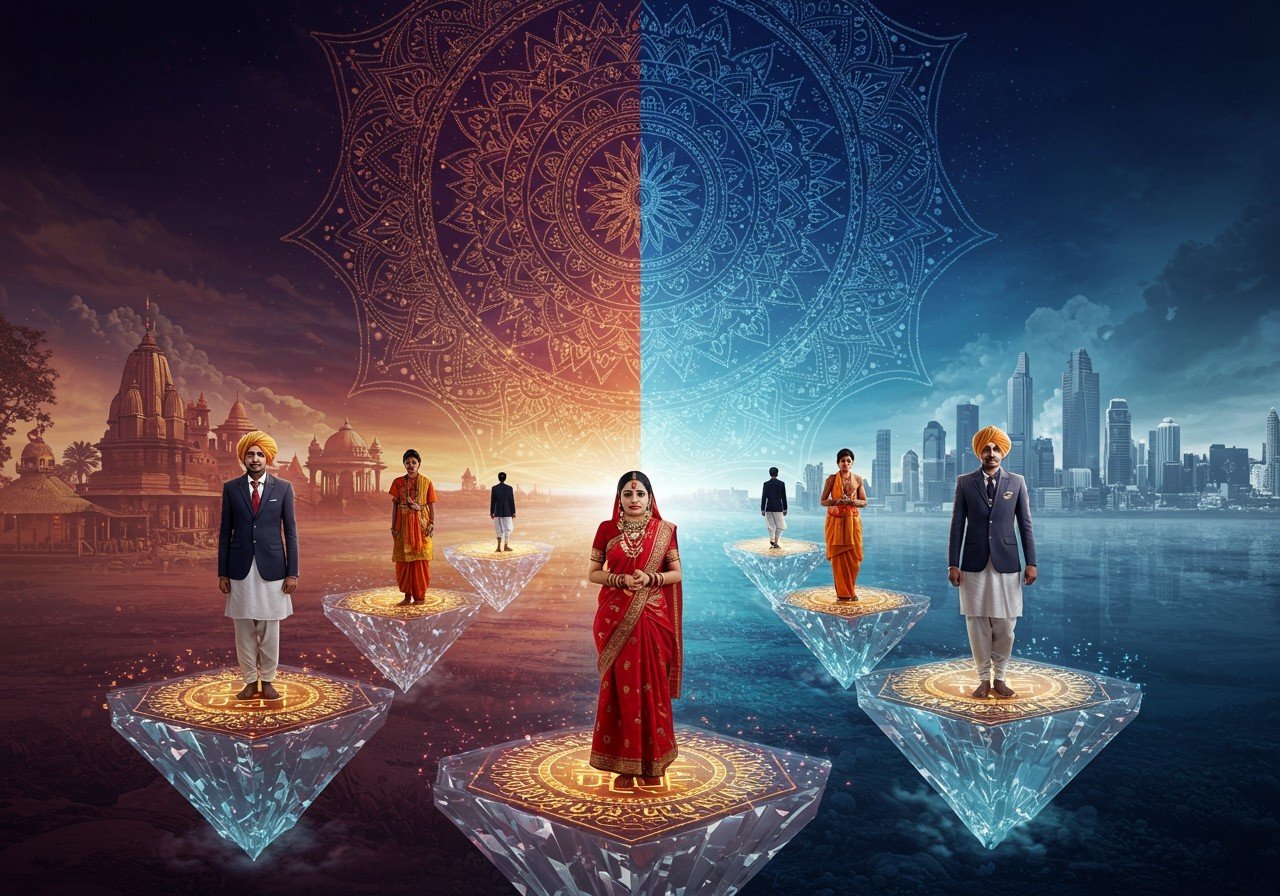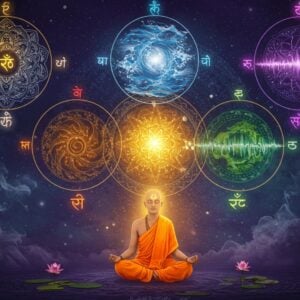
Sanskritisation, a concept brought to light by M.N. Srinivas, has been a subject of much discussion and debate. It explains how some communities in India, particularly those traditionally considered lower caste, have adopted the customs and practices of upper castes, often Brahmins, in an attempt to elevate their social standing. This involves embracing rituals, beliefs, and even lifestyle choices of the more privileged groups. As we step into 2025, revisiting this concept allows us to understand its continuing relevance in modern India and the dialogues it sparks amongst sociologists and those passionate about our rich cultural heritage.
A Look Back at Sanskritisation
Emerging in the 1950s, during a period of immense transformation in post-independence India, Sanskritisation offered a new lens through which to examine the dynamics of the caste system. It was seen by some as a pathway towards social mobility, a way for individuals and groups to improve their position within a rigid social structure. The adoption of upper-caste practices, it was thought, could open doors to better opportunities and greater social acceptance.
However, the concept wasn’t without its critics. Even then, questions arose about the implications of Sanskritisation, not only for those who sought to climb the social ladder but also for the preservation of diverse cultural traditions across India. Let’s explore some of the criticisms and debates surrounding this complex phenomenon.
Critiques of Sanskritisation: Examining the Complexities
One of the most prominent criticisms levelled against Sanskritisation is that, rather than dismantling the caste hierarchy, it might inadvertently reinforce it. By emulating upper-caste practices, some argue, lower castes might unintentionally legitimize the very system that places them in a subordinate position. This, critics believe, could strengthen the dominance of certain groups while hindering true social equality. It’s a delicate balance between respecting tradition and striving for a more inclusive society.
Another concern revolves around the potential loss of unique cultural identities. Tribal communities, with their rich and distinct customs and languages, could face the risk of cultural dilution by conforming to mainstream Hindu practices. This raises questions about the preservation of India’s diverse cultural tapestry and the importance of safeguarding the heritage of all communities. Delve deeper into the celebration of diversity and tradition within Hinduism on poojn.in.
Furthermore, some critics argue that Sanskritisation doesn’t always lead to genuine integration. The adoption of new practices might be driven by pragmatic considerations, such as gaining access to resources or political advantages, rather than a heartfelt embrace of those practices. It becomes a matter of social strategy rather than a genuine cultural shift, potentially creating a disconnect between outward appearances and inner beliefs.
Additionally, the concept of Sanskritisation sometimes overlooks the non-Sanskritic traditions that thrive in various parts of India. In some instances, Sanskritic rites are incorporated into existing local customs without replacing them entirely, creating a blended practice. This dynamic highlights the complexity of cultural exchange and the limitations of a one-size-fits-all approach to understanding social change. It’s a reminder that our cultural landscape is constantly evolving, borrowing and adapting in myriad ways.
Contemporary Debates: Sanskritisation in 2025
In 2025, the relevance of Sanskritisation continues to be debated. Factors such as reservation policies, the rise of Dalit consciousness, and the influence of democratic politics are reshaping the social landscape. These changes challenge traditional power dynamics and raise questions about the future of social mobility. Some scholars suggest alternative frameworks for understanding social change, such as “elite emulation,” where lower castes might reject the pursuit of dominant status within the caste system and instead forge their own paths. Explore more about Hindu rituals and traditions in this insightful guide.
The concept of Hinduisation, the adoption of Hindu practices by non-Hindu communities, is also part of the conversation, particularly in relation to tribal populations. However, the appropriateness and impact of Hinduisation in these contexts remain contested. It’s crucial to approach such discussions with cultural sensitivity and respect for the self-determination of all communities. Learn more about this by exploring the Udupi Sri Krishna Matha, a significant center of Hindu tradition.
Poojn.in: Supporting Your Spiritual Journey with Respect for Tradition
At poojn.in, we understand the deep significance of cultural practices and the importance of accessing authentic items for your spiritual journey. We offer a wide selection of puja items, sourced with respect for tradition, to support your observance of rituals and ceremonies. Our platform provides:
- Genuine Puja Items: We source our products directly from trusted artisans and suppliers, ensuring authenticity and quality. From diyas to incense, we offer a comprehensive collection for your spiritual needs.
- Informative Resources: Explore our detailed product descriptions and articles to learn more about the significance and proper usage of various puja items, helping you deepen your understanding of traditions.
- Expert Guidance: Our knowledgeable team is available to assist you with any questions you may have. Feel free to reach out for personalized guidance on selecting the appropriate items for your specific needs.
- Inclusive Approach: We embrace the diversity of Indian culture and strive to create a welcoming environment for people of all backgrounds. We believe everyone should have access to the resources they need to connect with their spirituality.
Explore some of our offerings:
- Kumkum and Roli: Essential for many Hindu ceremonies, our kumkum and roli are sourced for purity and quality.
- Baran Dala: Beautifully crafted Baran Dalas for a touch of tradition to your puja space. Our offerings include a variety of designs to choose from.
- Raksha Sutra/Moli: Sacred threads crafted from pure cotton yarn, available in various colors for different occasions.
Visit www.poojn.in to discover our complete collection and experience the convenience of online shopping for all your puja needs. We offer secure ordering and reliable delivery across India.
Conclusion: Reflecting on Sanskritisation in a Changing World
Sanskritisation, once a central theory for understanding social mobility in India, remains a complex and contested concept. As we navigate the complexities of the 21st century, it’s crucial to recognize the evolving nature of cultural change and to approach discussions of tradition with sensitivity and respect. The ongoing debates surrounding Sanskritisation underscore the need for nuanced perspectives that acknowledge both the historical context and the contemporary realities of Indian society.


